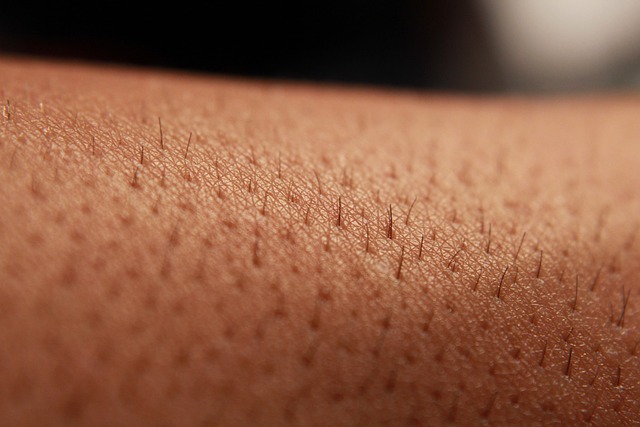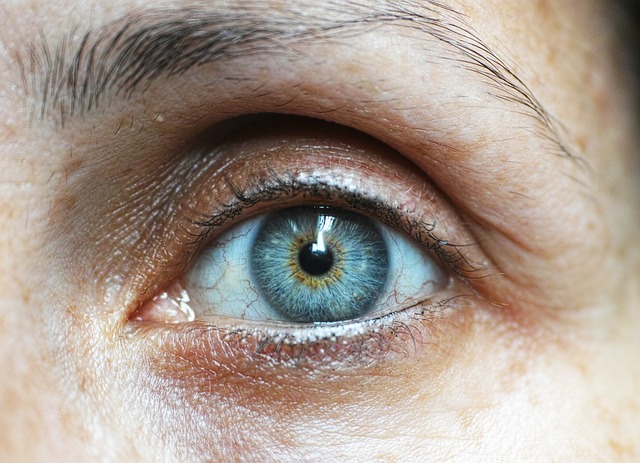Non-surgical skin tightening uses advanced technologies like RF, laser, and ultrasound to stimulate collagen production and improve skin elasticity, offering faster results with less downtime than traditional facelifts. These methods are suitable for individuals aged 25+ with mild to moderate signs of aging, but exclude those with certain skin conditions, active lifestyles, or previous facial surgeries. Potential side effects include temporary redness, swelling, or discomfort, while rare cases may lead to hyperpigmentation/hypopigmentation. Post-care involves avoiding strenuous activities and direct sunlight for a set period, using gentle skincare products, and consistent care for optimal results and to maintain long-term effects.
“Uncover the secrets to achieving a youthful complexion without surgery. This comprehensive guide delves into the world of non-surgical skin tightening, offering an alternative approach to revitalizing your skin. From understanding the fundamentals to exploring advanced techniques, we dissect the science behind these treatments and their diverse methods.
Learn about the benefits for those seeking subtle improvements or a more relaxed procedure, and discover who makes an ideal candidate. Prepare to explore popular options like lasers and radiofrequency, while also gaining insights into managing potential side effects. Get ready to embrace a tighter, firmer skin journey.”
Understanding Non-Surgical Skin Tightening: A Comprehensive Overview

Non-surgical skin tightening is a popular and minimally invasive aesthetic procedure that offers an alternative to traditional surgical facelifts. This method leverages advanced technologies, such as radiofrequency (RF), laser, or ultrasound, to stimulate collagen production and improve skin elasticity. Unlike surgery, which involves incisions and longer recovery times, non-surgical options provide faster results with less downtime.
The procedure typically involves applying a topical numbing agent to ensure patient comfort, followed by the administration of the chosen technology. RF energy, for instance, heats the deeper layers of the skin, encouraging the body to generate new collagen fibers. Lasers and ultrasound devices also work in similar ways, targeting specific tissues to achieve desired tightening effects. This innovative approach allows individuals to achieve a more youthful appearance while maintaining natural-looking results.
The Science Behind It: How Do These Treatments Work?

The science behind non-surgical skin tightening treatments involves a combination of advanced technologies and natural processes. These innovative procedures aim to stimulate collagen production, which is a key protein responsible for maintaining skin elasticity and firmness. By targeting specific layers of the dermis (the skin’s underlying layer), these treatments can encourage the growth of new, healthy collagen fibers. This leads to improved skin texture, reduced wrinkles, and a more youthful appearance.
Common methods include intensive pulsed light therapy, radiofrequency energy, and high-intensity focused ultrasound (HIFU). Each approach works slightly differently, but all aim to heat up specific areas of the dermis, triggering a natural response from the body to repair and tighten the skin. This non-invasive approach makes it an attractive alternative to more aggressive surgical methods, offering visible results with minimal downtime or recovery.
Types of Non-Invasive Skin Tightening Procedures

Non-surgical skin tightening procedures have gained significant popularity due to their ability to offer visible results without the downtime and risks associated with invasive surgeries. These methods leverage advanced technologies to stimulate collagen production, enhance skin elasticity, and reduce the appearance of fine lines and wrinkles. One prominent technique is radiofrequency (RF) skin tightening, where controlled RF energy heats the deeper layers of the skin, triggering a natural response that tightens and lifts it. Another popular choice is intense pulsed light (IPL) therapy, which uses light to target specific pigmented areas, including loose or sagging skin.
Ultrasonic skin tightening is another non-invasive option that employs high-frequency sound waves to create heat in the deeper layers of the dermis, stimulating collagen renewal and improving skin firmness. Each of these procedures offers unique benefits, catering to different skin types and concerns. Moreover, they are typically quick, comfortable, and can be performed during regular appointments at dermatology or aesthetics clinics, making them accessible for those seeking a more subtle and natural-looking rejuvenation without the complexities of surgery.
Benefits and Advantages of Choosing Non-Surgical Options

Choosing non-surgical skin tightening treatments offers a host of benefits and advantages, making it an increasingly popular option in the beauty industry. Unlike invasive surgical procedures, non-surgical methods provide a safer, more comfortable alternative for those seeking to enhance their facial appearance. One of the key advantages is minimal recovery time; patients can resume their normal activities almost immediately without the downtime associated with surgery.
Non-surgical skin tightening also utilizes advanced technologies like radiofrequency and ultrasound to stimulate collagen production and tighten loose skin. These treatments are highly effective, offering long-lasting results without the need for repeated procedures. Furthermore, they are suitable for a wide range of skin types and concerns, making them versatile options for individuals looking to improve their facial tone and texture without incisions or extensive downtime.
Who Is a Good Candidate for Non-Surgical Skin Tightening?

Non-surgical skin tightening is a popular choice for individuals seeking to improve their facial appearance without undergoing an invasive procedure. This treatment is ideal for those who have experienced some degree of skin laxity due to aging, weight loss, or natural processes. It’s specifically beneficial for people with mild to moderate wrinkling, sagging jowls, or a loss of contour in the face.
Good candidates are typically individuals who maintain overall good health and skin condition. People with realistic expectations about the outcomes and a commitment to post-treatment care are ideal for non-surgical skin tightening. It’s also essential to consider that this procedure may not be suitable for those with certain skin conditions, active lifestyles that make recovery difficult, or those who have had previous facial surgeries.
Exploring Popular Methods: From Laser to Radiofrequency

In the realm of non-surgical skin tightening, various innovative methods have emerged to offer effective solutions for those seeking a youthful glow. Among the popular choices, laser technology and radiofrequency (RF) treatments stand out. Laser treatments utilize targeted light energy to stimulate collagen production, resulting in improved skin elasticity and a tightened appearance. This method is particularly effective for addressing fine lines, wrinkles, and sagging skin. On the other hand, RF therapy uses electromagnetic waves to heat the deeper layers of the skin, also prompting collagen renewal and enhancing skin firmness. Both approaches offer minimal downtime and are considered safe, non-invasive procedures with promising results.
These advanced technologies provide individuals with an alternative to more invasive facial lifts, offering a range of benefits. Non-surgical skin tightening is increasingly sought after due to its efficiency, quick recovery time, and minimal side effects. With the continuous advancements in dermatology, these popular methods continue to evolve, ensuring folks can choose the best option tailored to their specific needs, fostering a vibrant and confident self-image.
Addressing Common Concerns and Potential Side Effects

When considering non-surgical skin tightening treatments, it’s crucial to address common concerns and potential side effects upfront. Many procedures use technologies like radiofrequency or laser energy to stimulate collagen production, which can result in improved skin elasticity and a tightened appearance. However, these treatments aren’t for everyone. Some individuals might experience temporary redness, swelling, or discomfort at the treatment site. There’s also a risk of hyperpigmentation or hypopigmentation in rare cases. It’s essential to consult with a qualified dermatologist who can assess your skin type, medical history, and goals to determine if non-surgical skin tightening is the right choice for you. They can guide you on what to expect during and after treatment, helping you make an informed decision.
Post-Treatment Care and Expected Results

After a non-surgical skin tightening treatment, proper post-care is essential to ensure optimal results and reduce potential side effects. Patients are typically advised to avoid strenuous activities and exposure to direct sunlight for a specified period following the procedure. This may include refraining from intense workouts, saunas, or lying down for extended periods. A gentle skincare routine with mild, hydrating products is recommended to soothe the treated area.
Expected results vary depending on the specific treatment used, but generally, patients can anticipate improvements in skin elasticity and a visible tightening effect within a few weeks. Some treatments may offer immediate results, while others might take up to several months for the full impact to become apparent. It’s important to remember that individual responses differ, and consistent post-treatment care is key to maintaining the achieved results over time.
